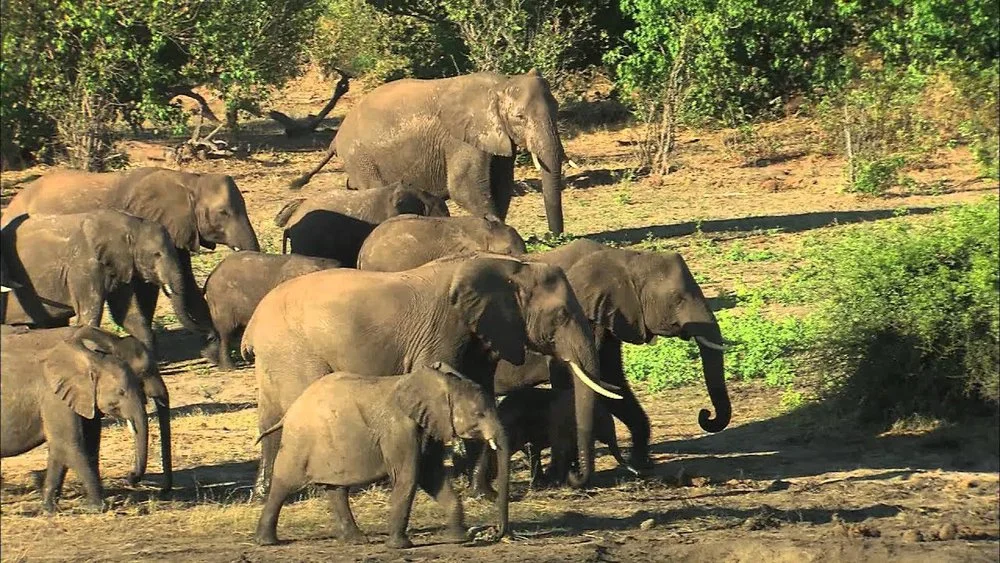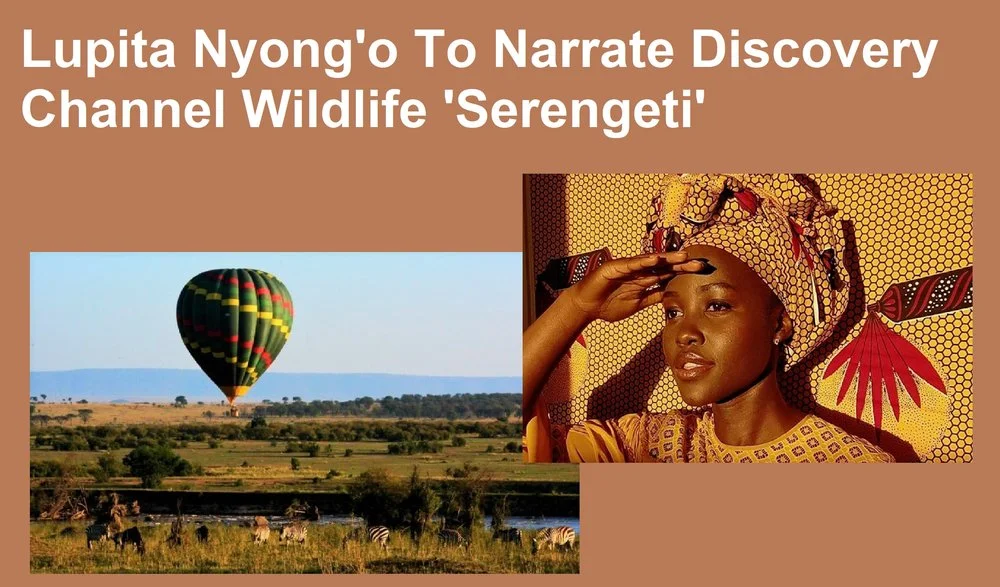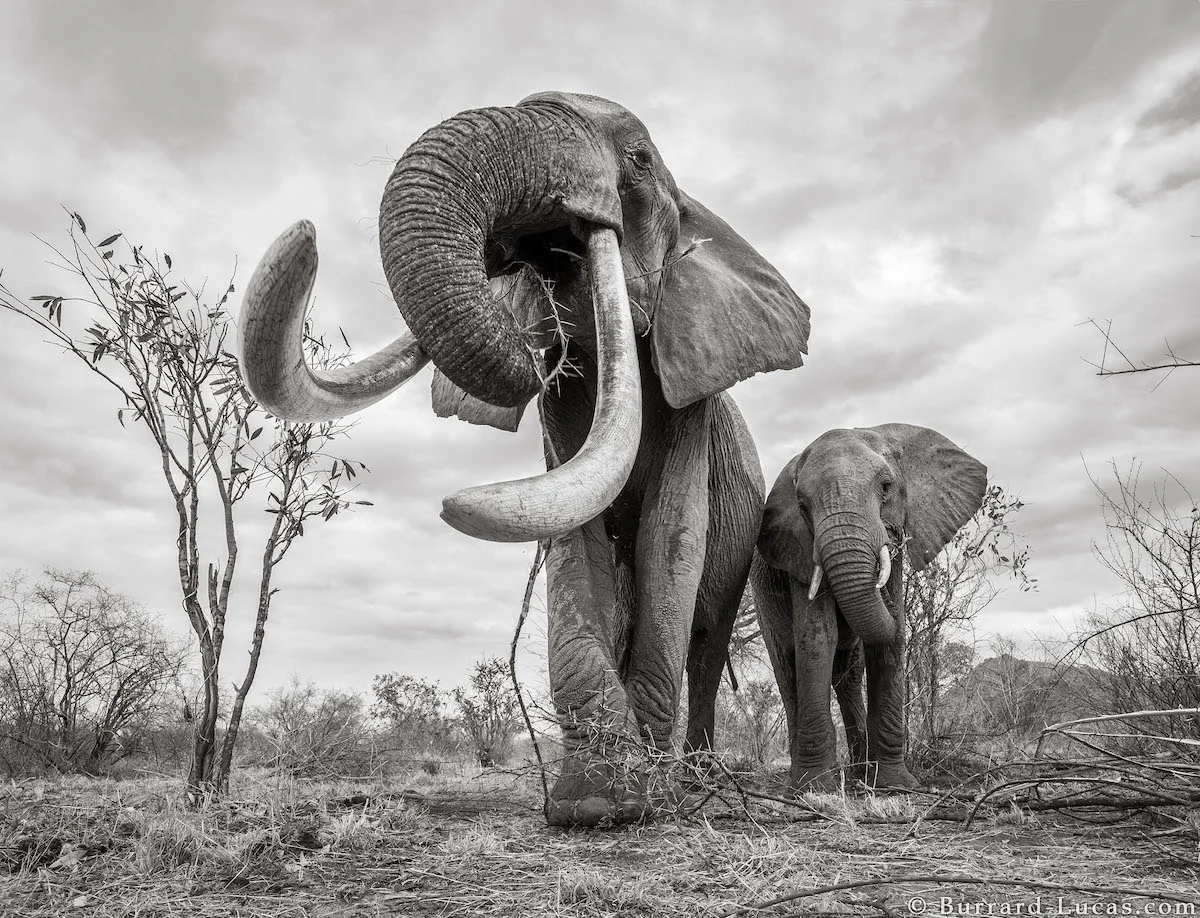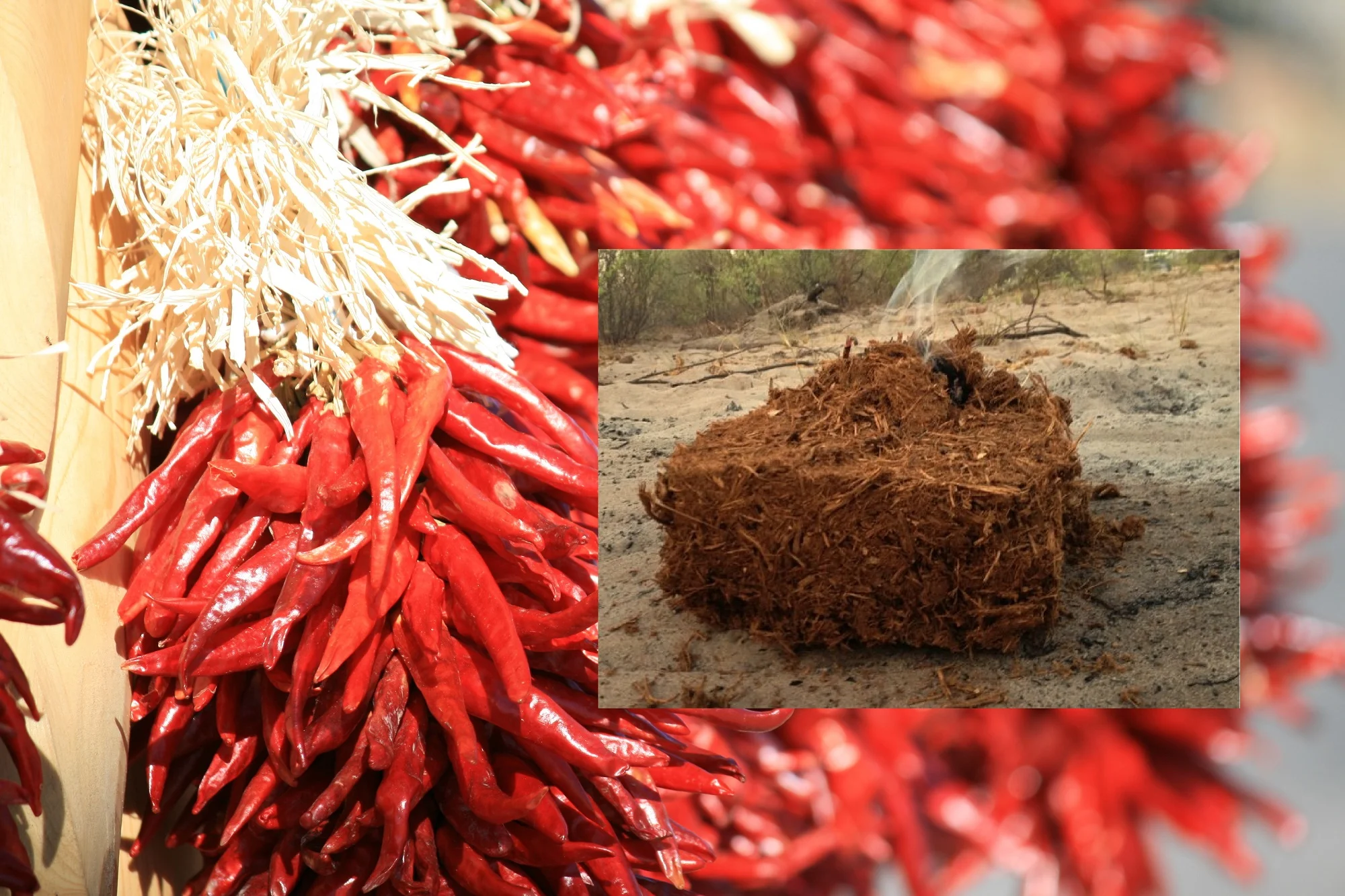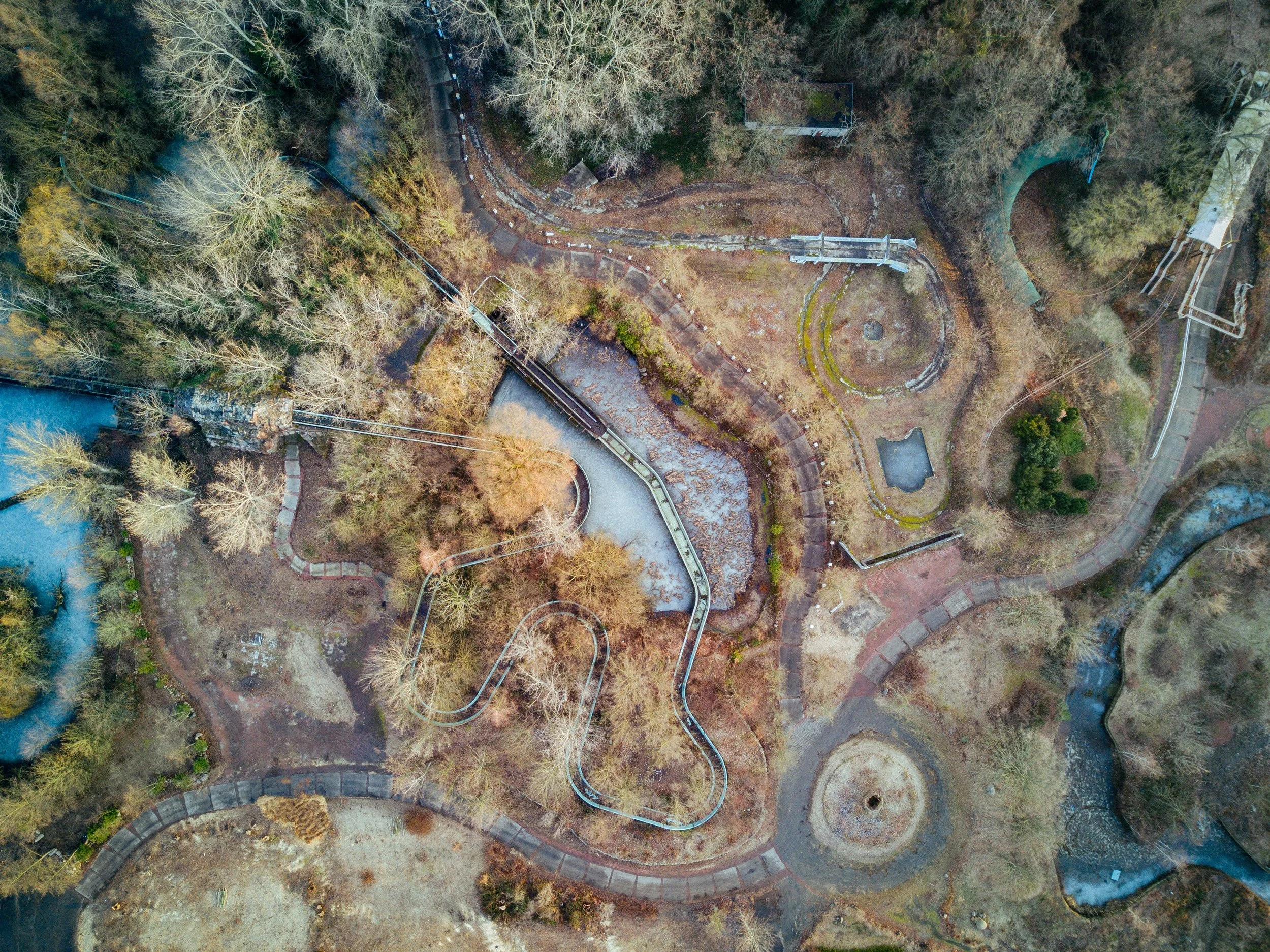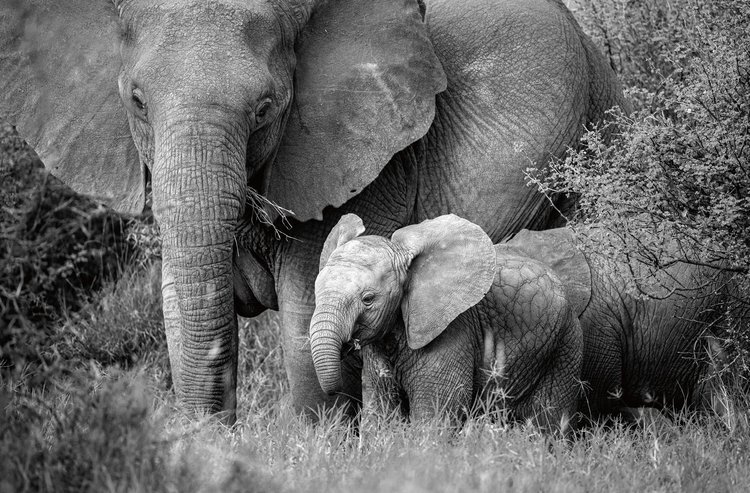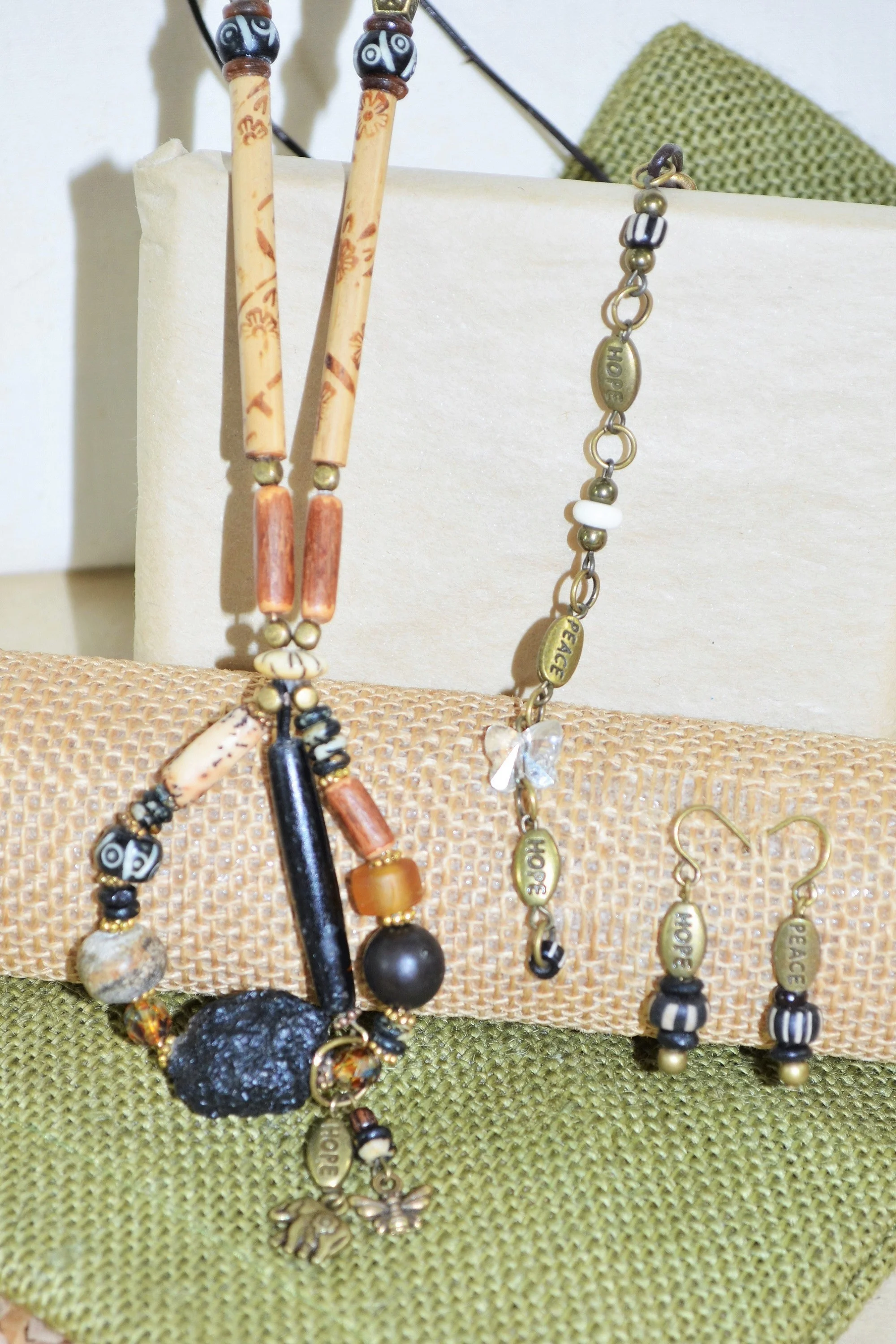Botswana Has An Elephant Poaching Problem, Not An Overpopulation Problem
/Botswana Has An Elephant Poaching Problem, Not An Overpopulation Problem
The Botswana government recently reintroduced trophy hunting after a five-year moratorium. It did so on the pretext that Botswana has “too many elephants”.
But a new academic paper shows that this argument doesn’t hold.
The researchers compared the results of two aerial surveys in northern Botswana. The first was conducted in 2014, the second in 2018. Both were conducted during the dry season. This allowed for easy detection of changes over time.
A 94,000km2 area was studied and the elephant population estimated at 122,700 in 2018. This was roughly similar to the 2014 numbers.
But comparing results from the 2014 and 2018 aerial surveys, the scientists found that the numbers of elephant carcasses have increased, especially for newer carcasses dead for less than roughly 1 year. Populations can remain stable despite increased carcass counts because of new births and immigration from other range states.
The Botswana government recently reintroduced trophy hunting after a five-year moratorium. It did so on the pretext that Botswana has “too many elephants”.
But a new academic paper shows that this argument doesn’t hold.
The researchers compared the results of two aerial surveys in northern Botswana. The first was conducted in 2014, the second in 2018. Both were conducted during the dry season. This allowed for easy detection of changes over time.
A 94,000km2 area was studied and the elephant population estimated at 122,700 in 2018. This was roughly similar to the 2014 numbers.
But comparing results from the 2014 and 2018 aerial surveys, the scientists found that the numbers of elephant carcasses have increased, especially for newer carcasses dead for less than roughly 1 year. Populations can remain stable despite increased carcass counts because of new births and immigration from other range states.




